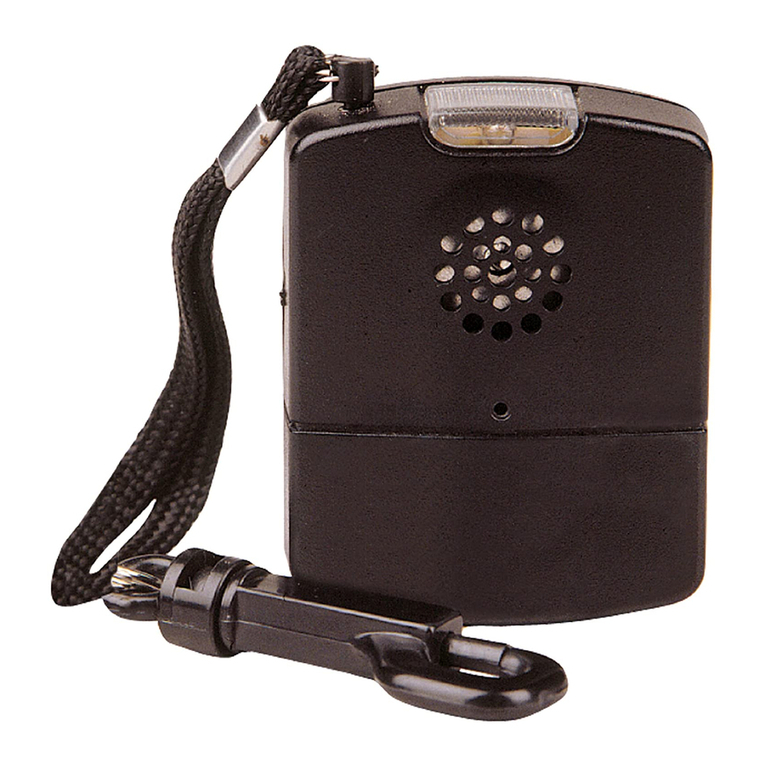STI Alert Point Troubleshooting guide
Other STI Security System manuals

STI
STI SA5500 User manual
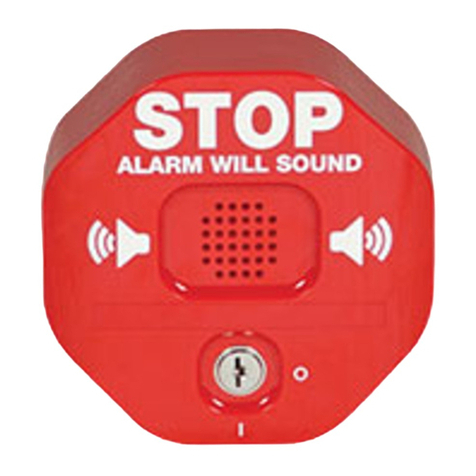
STI
STI Exit Stopper STI-6404 Instructions for use

STI
STI Theft Stopper STI-6200 Series Instruction sheet
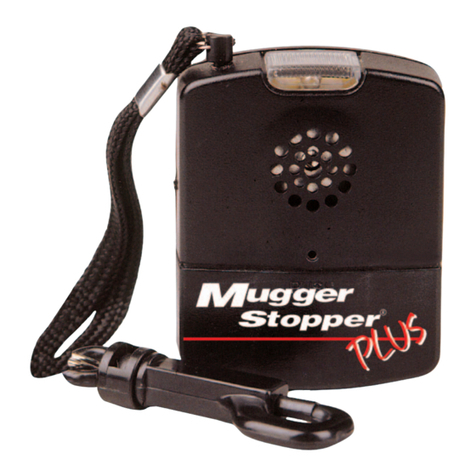
STI
STI Home & Work Series User manual
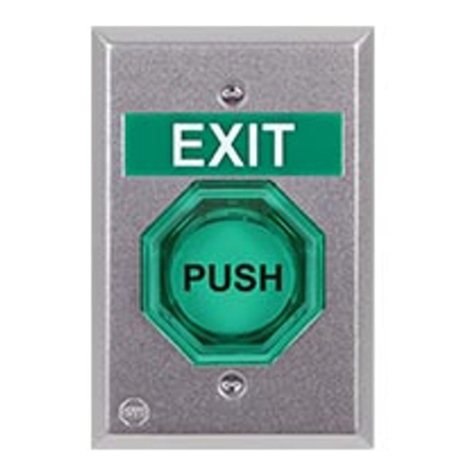
STI
STI UB-2PN User manual
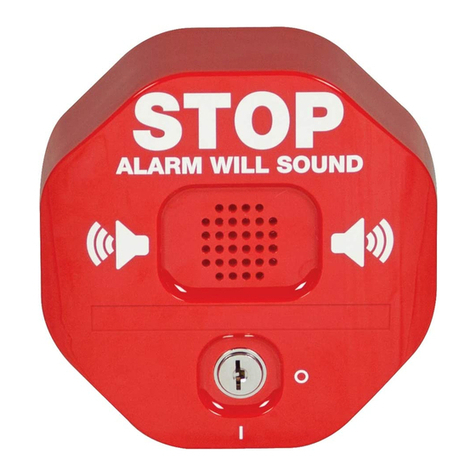
STI
STI Exit Stopper STI-6400 Series Instructions for use
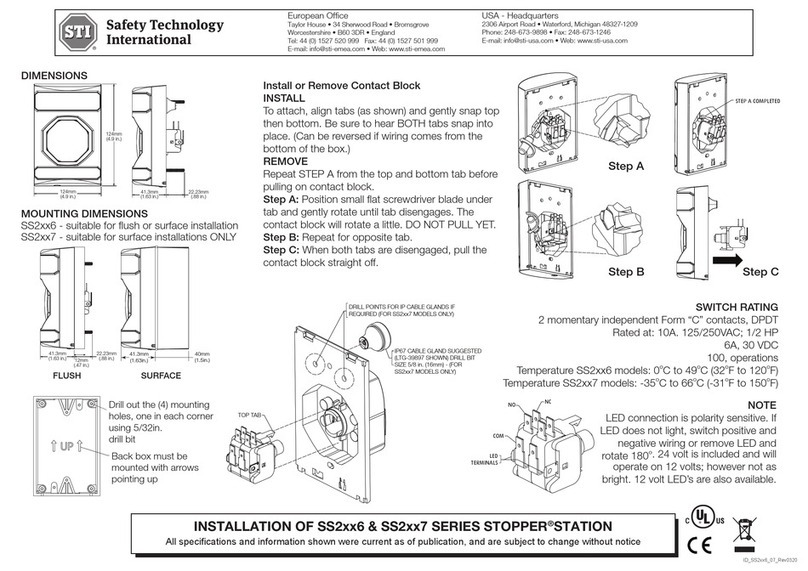
STI
STI SS2 6 Series User manual
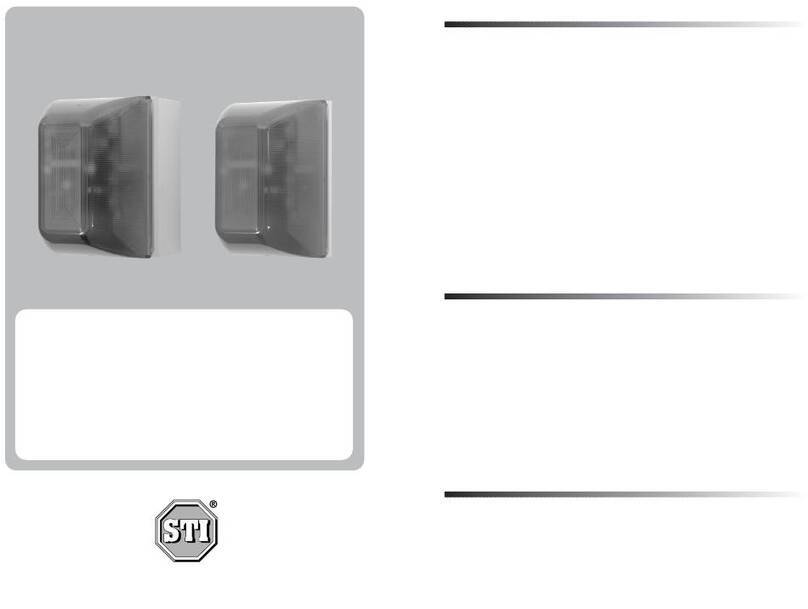
STI
STI SELECT-ALERT SA5000 Series User manual

STI
STI STI-WS109 User manual
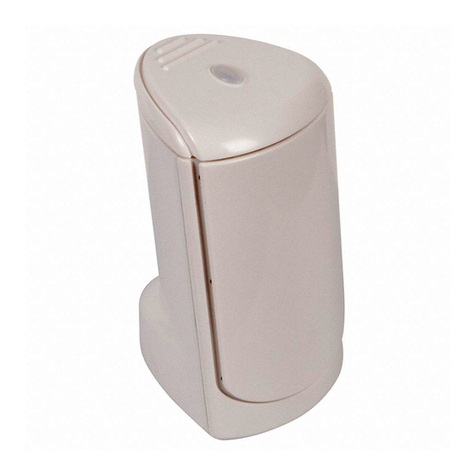
STI
STI Rex Plus II User manual
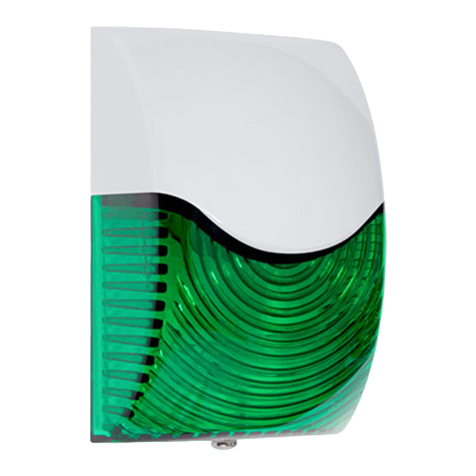
STI
STI STI-SA5600 User manual
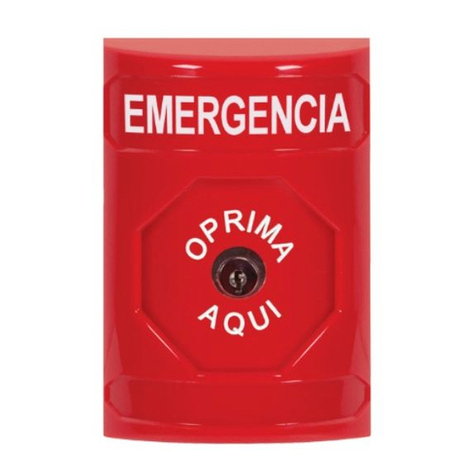
STI
STI Fire Stopper Series User manual

STI
STI Exit Stopper STI-6400 Series User manual
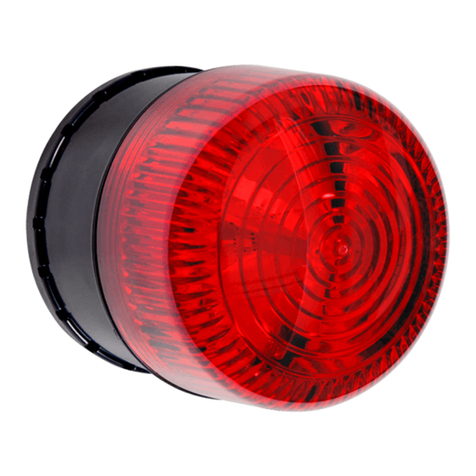
STI
STI STI-SA5500 User manual

STI
STI 6400 User manual
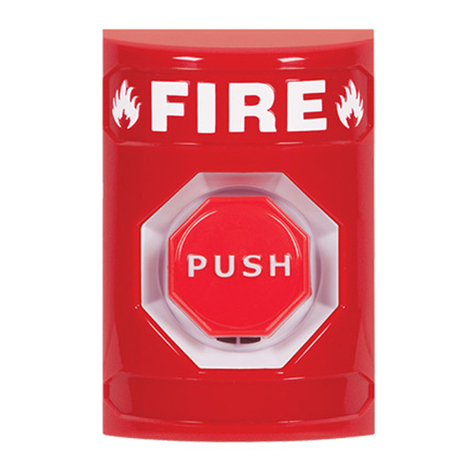
STI
STI Stopper Station Series User manual

STI
STI STI-34501 User manual
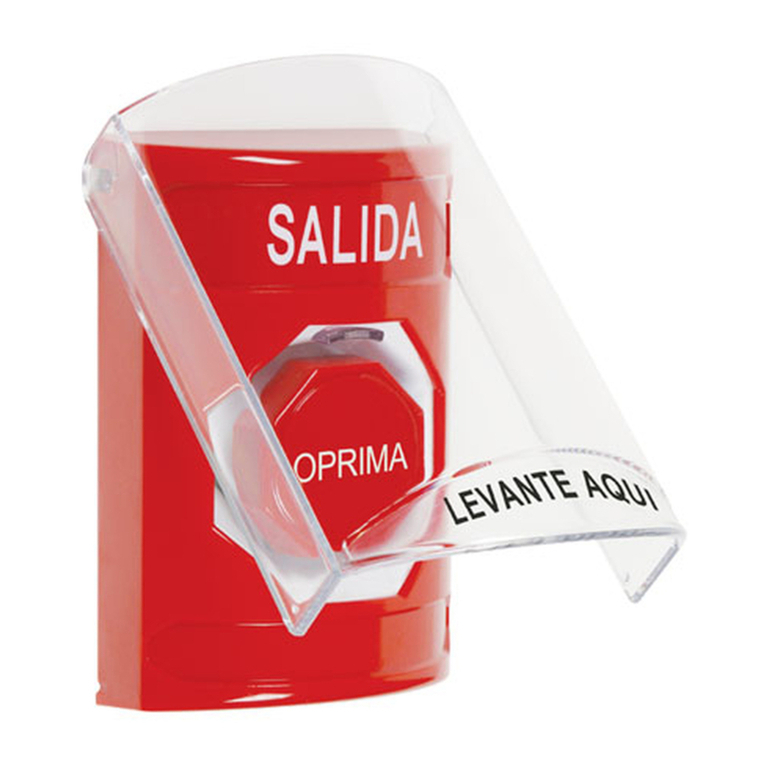
STI
STI Stopper SS2 0 Series User manual
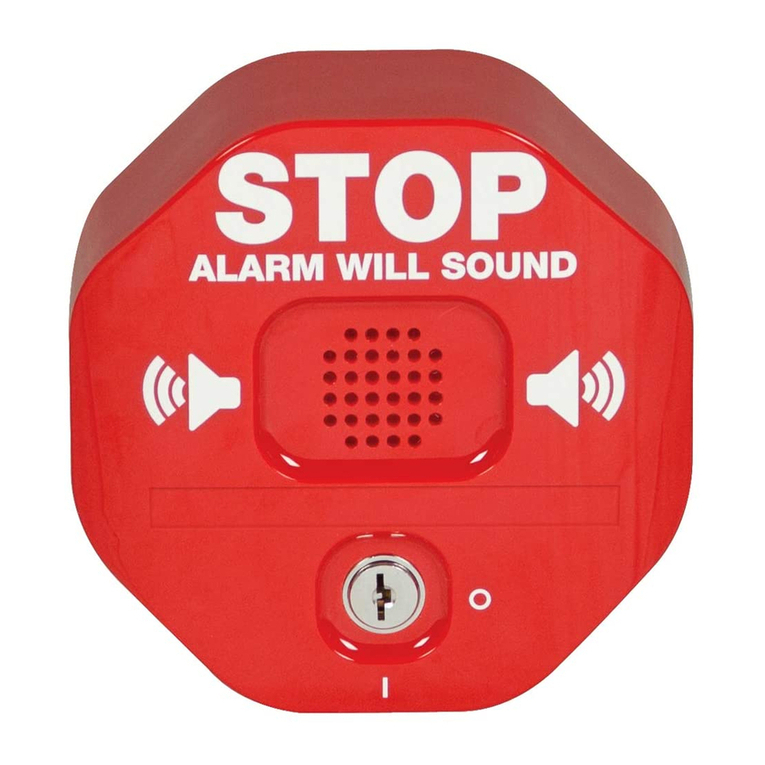
STI
STI STI-6400 User manual
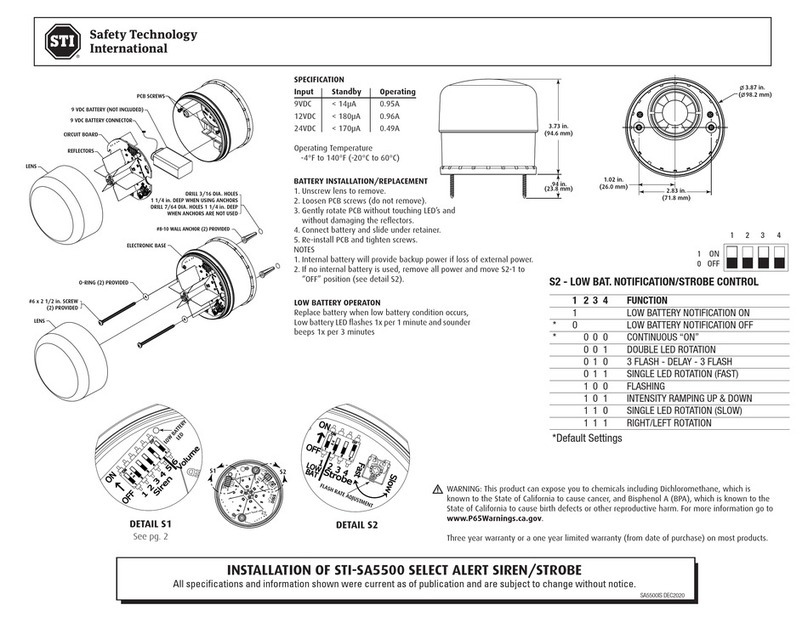
STI
STI STI-SA5500 User manual
Popular Security System manuals by other brands

Inner Range
Inner Range Concept 2000 user manual

Climax
Climax Mobile Lite R32 Installer's guide

FBII
FBII XL-31 Series installation instructions

Johnson Controls
Johnson Controls PENN Connected PC10 Install and Commissioning Guide

Aeotec
Aeotec Siren Gen5 quick start guide

IDEAL
IDEAL Accenta Engineering information

Swann
Swann SW-P-MC2 Specifications

Ecolink
Ecolink Siren+Chime user manual

Digital Monitoring Products
Digital Monitoring Products XR150 user guide

EDM
EDM Solution 6+6 Wireless-AE installation manual

Siren
Siren LED GSM operating manual

Detection Systems
Detection Systems 7090i Installation and programming manual
